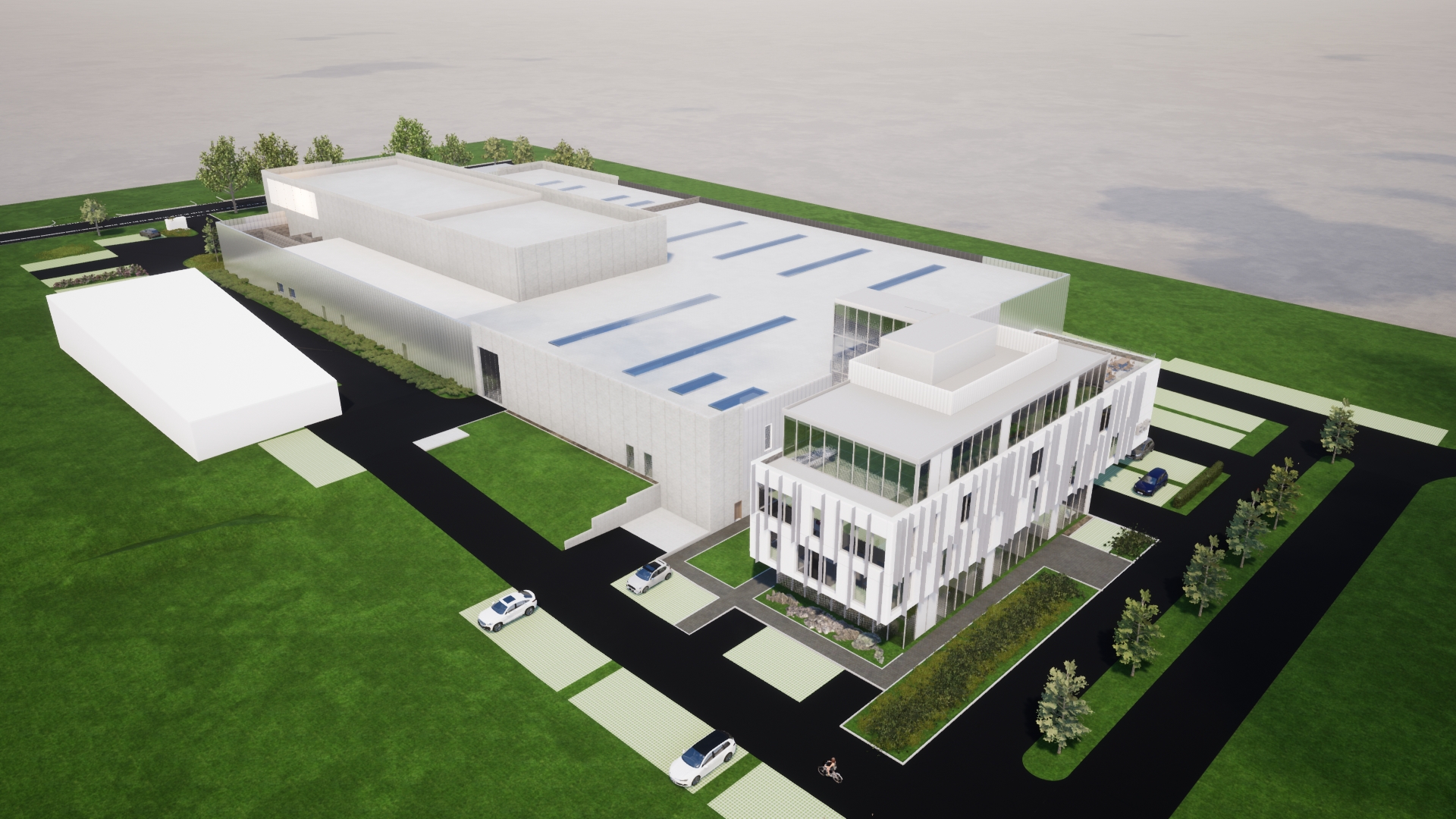By Dominik LANG (OHB) & Olivier BERDER (EHP) Last news update from OHB, dated May 5, […]
The SES-17 satellite was successfully launched into space onboard an Ariane 5 launcher operated by Arianespace […]
2021 will remain a particular year for EHP… Besides celebrating the 20 years of EHP, this […]
Most aircraft de-icing systems have to generate power for the heaters. A new alternative efficiently draws […]
EHP is celebrating its 20th Anniversary ! Based on SABCA’s Two-phase departement and the impulse of […]
The EU funded projects PIPS and I3PS targeted the energy saving of planes, within the Cleansky […]
The Eurostar Neo Deployment and Pointing System, developed by Airbus Defense and Space (F) and Euro […]
Objectives On telecommunication applications, the Heat Pipes are used in different ways. They can collect heat […]
SEVERAL THOUSAND NOVEL HEAT PIPES ARE NOW BEING PRODUCED EACH YEAR BY BELGIAN COMPANY EURO HEAT […]





